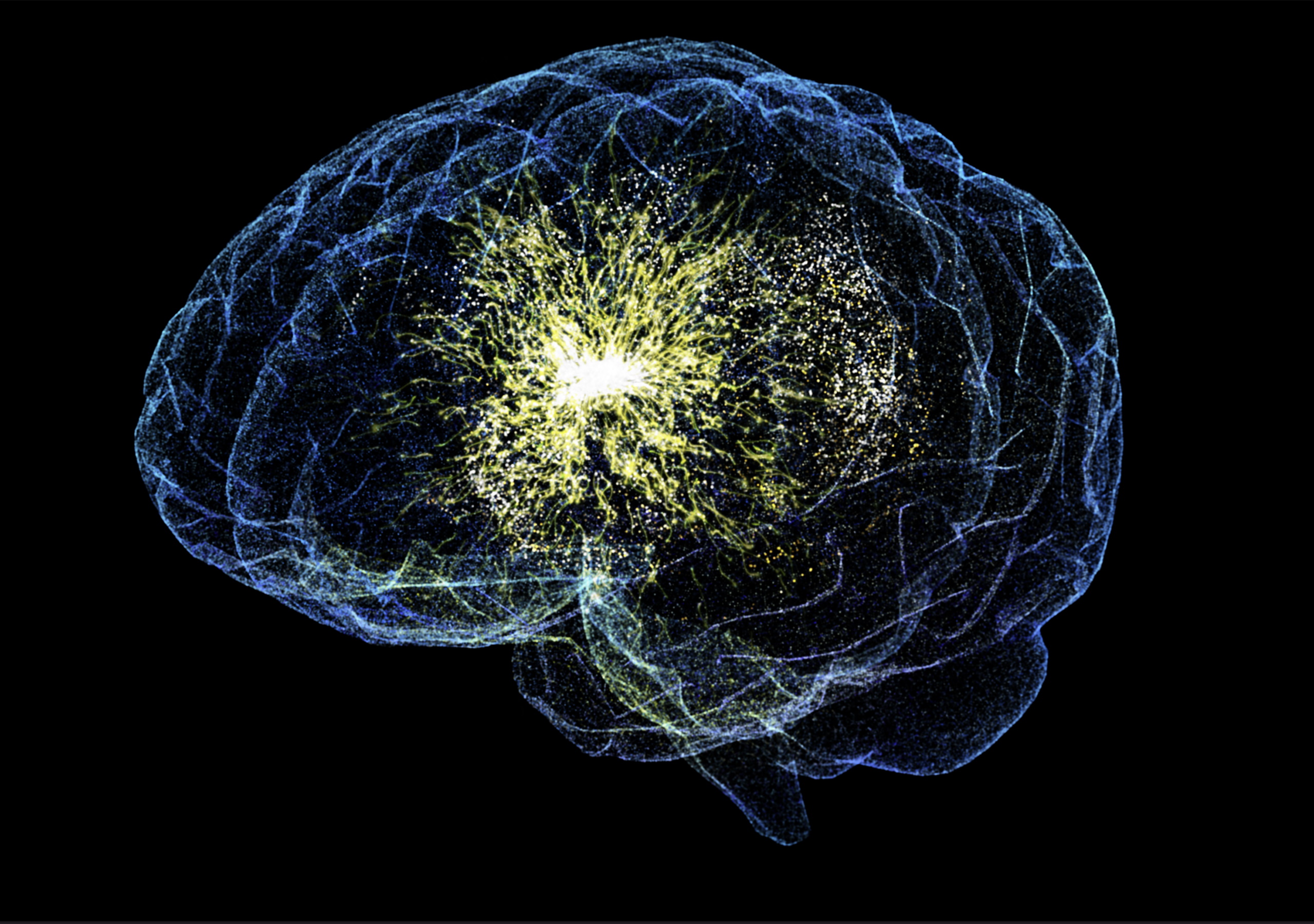VideoPod
About this episode
Bridge is a popular card game played socially and competitively by millions of people throughout the world. Each game consists of four players divided into two pairs, or ‘partnerships’. They compete against each other to win ‘tricks’ through cooperation, strategic thinking and logical deduction. Professor Samantha Punch at the University of Stirling leads ‘Bridge: A MindSport for All’. This research-led project explores the benefits of bridge amongst the circuit of international players. More
Original Article Reference
Summary of the papers ‘Serious leisure experience in a dyadic pursuit: elite player motivations and participation in tournament bridge’, Leisure Studies, doi.org/10.1080/02614367.2021.1942524, ‘Playing Your Life: Developing Strategies and Managing Impressions in the Game of Bridge’, doi.org/10.1177/1360780420973043, and ‘Playing with Emotions: Emotional Complexity in the Social World of Elite Tournament Bridge’, doi.org/10.1332/263169021X16420048324097
Bridge: A MindSport For All (BAMSA) is grateful to players, clubs, bridge organisations, charitable foundations and the University of Stirling for generously supporting the project. Scottish Charity No. SC011159
Contact
For further information, you can connect with Professor Samantha Punch at s.v.punch@stir.ac.uk
This work is licensed under a Creative Commons Attribution 4.0 International License. 
What does this mean?
Share: You can copy and redistribute the material in any medium or format
Adapt: You can change, and build upon the material for any purpose, even commercially.
Credit: You must give appropriate credit, provide a link to the license, and indicate if changes were made.






